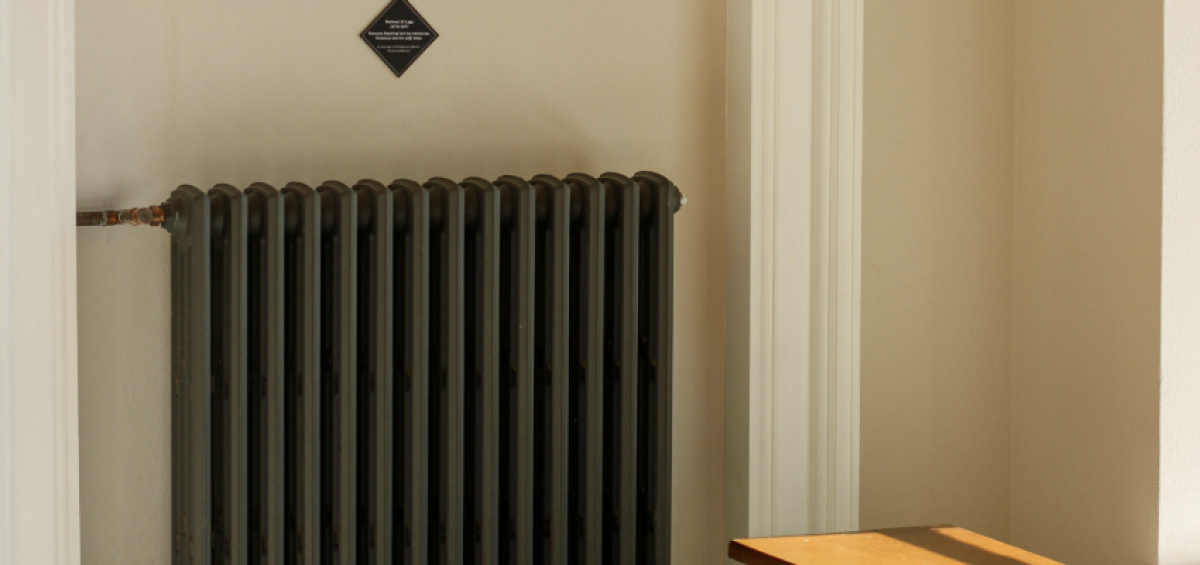Restoring or updating a period property is a balancing act—keeping the character intact while upgrading the functionality. It’s part detective work, part design challenge. Modern additions have to walk a fine line: they should work seamlessly but never scream for attention. Nowhere is this truer than with heating. While a clunky contemporary radiator might heat the room efficiently, it can disrupt the entire aesthetic of a Georgian or Edwardian space.
So the question becomes: how do you choose radiators that do their job without looking like they don’t belong?
Why Radiator Choice Matters More In Older Homes
Unlike modern builds, period properties have a visual language of their own. From intricate cornices and high ceilings to timber sash windows and decorative skirting, every detail contributes to a certain architectural rhythm. When introducing something as central as a radiator—literally and visually—there’s less room for compromise.
It’s not just about heating the space. It’s about doing so in a way that complements the existing features, rather than working against them. This is where period-appropriate styles earn their keep. And while cast iron might once have been the default choice, newer materials now offer that same vintage look with improved efficiency and easier installation.
Designs that reflect the original style of the home tend to sit more comfortably within these interiors. That’s one reason why so many renovators and designers continue to opt for Mr Central Heating’s energy-efficient heating solutions when working on heritage projects. These radiators, with their elegant, vertical lines and subtle depth, echo the classic silhouettes of older heating systems without compromising on modern performance.
Material, Scale, And Sensibility
Period properties are rarely uniform. Ceiling heights vary from room to room. Wall insulation might be excellent in one space and non-existent in another. This means heat demand is inconsistent—and so the radiator sizing has to be more carefully considered. Column radiators are particularly helpful here because they come in a wide range of configurations: single, double, or even triple columns, depending on how much output you need and how much space you have.
Material plays a part too. Cast iron still has a loyal following for its slow, sustained heat release—ideal for rooms that stay occupied for long stretches. But newer versions in mild steel or aluminium offer the same aesthetic in a lighter, more responsive form. These materials heat up faster, making them a better match for homes with programmable heating schedules or occasional-use spaces like guest rooms or studies.
Also worth noting: the placement of radiators in older properties sometimes calls for a little creativity. Floor-to-ceiling windows and deep skirting boards can complicate things. Slimmer column models can solve these problems while still respecting the room’s proportions.
Colour, Finish, And Focal Points
Historically, radiators were treated as necessary but forgettable. Painted to match the wall, they blended in—or at least tried to. Today, particularly in restoration projects, they’re often embraced as design features in their own right.
A carefully chosen radiator finish can reinforce the home’s identity. Matte black or antique bronze can anchor a traditional dining room. Brushed metallics might elevate an otherwise understated hallway. In contrast, crisp white or neutral tones keep things simple and allow the architectural features to take centre stage.
Whatever direction you go in, consistency matters. Matching the radiator’s tone with other metal elements—light switches, handles, curtain poles—can help create cohesion. But that doesn’t mean everything has to match perfectly. Sometimes, contrast is what gives the space depth.
Should You Mix Old And New?
There’s a temptation to go fully traditional when working with a period property. But in reality, most homeowners blend eras without even realising it. You might have a Victorian staircase next to a mid-century pendant light. A restored fireplace next to a 21st-century television. Radiators can sit in that same middle ground.
Column radiators are versatile enough to nod to the past without anchoring you there. They pair just as well with reclaimed wooden floors as they do with contemporary tiles. That’s a significant advantage if you’re trying to modernise comfort levels without disrupting the home’s soul.
Final Thoughts: Practicality With Sensitivity
Choosing the right radiator for a period property is less about mimicking the past and more about respecting it. The best choices don’t compete with the architecture—they support it. Column radiators offer that rare combination of function, flexibility, and visual sensitivity.
They won’t solve every problem—insulation, draft-proofing, and glazing still matter—but they do strike a balance that few other options manage. For anyone trying to preserve the warmth of a home, both literally and atmospherically, they’re worth serious consideration. Because comfort should never come at the expense of character.

